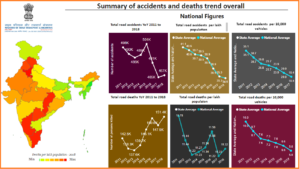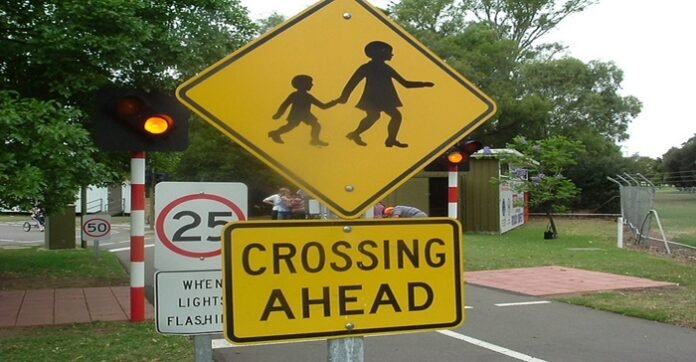Road safety is a major issue that affects millions of people in India every day. With a population of over 1.4 billion, India has one of the highest rates of road accidents in the world. The history of road safety in India is a long and complex one, marked by various initiatives and challenges.
Contents
Early Efforts
The first recorded efforts to address road safety in India can be traced back to the early 20th century. In 1927, the Motor Vehicles Act was enacted, which introduced regulations for the registration and licensing of vehicles. This was followed by the formation of the Indian Road Safety Committee in 1941, which aimed to promote road safety awareness among the general public.
However, it was not until the 1980s that road safety became a major concern for the Indian government. The rapid increase in motorization and the subsequent rise in road accidents prompted the government to take action.
Road Safety Initiatives
In 1988, the National Road Safety Council was established to coordinate and implement road safety measures across the country. The council focused on various aspects of road safety, including education, enforcement, engineering, and emergency care.
One of the key initiatives taken by the government was the introduction of the Motor Vehicles Act, 1988. This act brought about significant changes in the regulation of motor vehicles and aimed to improve road safety standards. It introduced stricter penalties for traffic violations and emphasized the importance of wearing seat belts and helmets.
In the 1990s, the government launched the National Highway Development Project, which aimed to improve the infrastructure of national highways and enhance road safety. This project involved the construction of new highways, widening of existing roads, and the introduction of safety features such as crash barriers and signage.
Another important development in road safety was the establishment of the National Road Safety Policy in 2010. This policy outlined the government’s commitment to reducing road accidents and creating a safer road environment. It emphasized the need for a multi-sectoral approach, involving various stakeholders such as government agencies, civil society organizations, and the private sector.
Challenges and Future Outlook
Despite these efforts, road safety continues to be a major challenge in India. Factors such as inadequate infrastructure, reckless driving, lack of awareness, and poor enforcement of traffic laws contribute to the high number of road accidents in the country.

However, there have been some positive developments in recent years. The government has introduced various initiatives such as the National Road Safety Month, which aims to raise awareness about road safety through campaigns and events. Additionally, the use of technology, such as the implementation of electronic toll collection systems and the introduction of smart traffic management systems, has helped in improving road safety.
Going forward, it is crucial for the government to continue its efforts in improving road safety. This includes investing in infrastructure development, strengthening law enforcement, promoting road safety education, and creating a culture of responsible driving among the public.
The history of road safety in India has seen significant progress over the years. However, there is still much work to be done to ensure the safety of road users. By implementing effective measures and raising awareness, India can strive towards reducing road accidents and creating a safer road environment for all.



